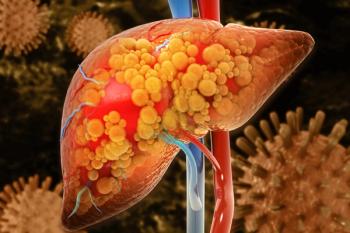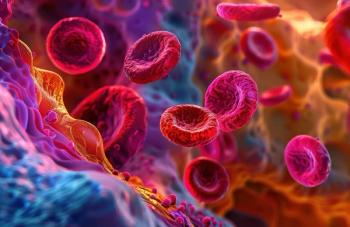
5 Ways Proposed Drug Legislation Would Affect Patients and Providers
This past week saw several pieces of legislation introduced to lower the cost of prescription drug prices. Here are 5 ways patients and providers would be affected by the bills.
This past week saw several pieces of legislation introduced to lower the cost of prescription drug prices.
Amid opposition from the drug industry and some Republicans, the Senate Finance Committee voted 19-9 on legislation
In addition, another bill seeks to curb the rising cost of insulin.
Here are 5 ways patients and providers would be affected by the bills.
1. Capping out-of-pocket (OOP) costs for prescription drugs in Medicare Part D
The Congressional Budget Office (CBO) estimates that beneficiaries would save $27 million in out-of-pocket OOP costs over 10 years. The Part D redesign would eliminate the coverage gap and initiate 25% cost sharing between the annual deductible and the catastrophic threshold starting in 2022. It would also eliminate cost-sharing for beneficiaries once they entered catastrophic coverage. A catastrophic threshold of $3100 would also be established.
The AARP, in support of the bill, noted that Medicare Part D enrollees take an average of 4.5 prescription medications each month; additionally, while the average annual income of a beneficiary is just over $26,000, the average annual price for a single specialty drug used for a chronic condition is $79,000.
2. Restructuring rebates, refunds, and reporting requirements for Medicare Part B
Medicare would change how it calculates Part B prescription drug payment amounts and limit Part B drug payments.
3. Changing payment rules to increase access to biosimilars
Patients might have more access to less expensive biosimilars through a provision meant to incentivize providers to use them by increasing the add-on fee for Part D. The proposal
4. Increase access to gene therapies for low-income patients in Medicaid
Patients enrolled in Medicaid would have greater access to gene therapies. The bill would allow new gene therapies for rare diseases to be paid through new risk-sharing value-based agreements. With gene therapies coming with price tags of up to $2 million, the change will aim to increase access to these life-saving treatments for patients with limited options.
5. Providing relief to patients with type 1 diabetes
A
Newsletter
Stay ahead of policy, cost, and value—subscribe to AJMC for expert insights at the intersection of clinical care and health economics.












































